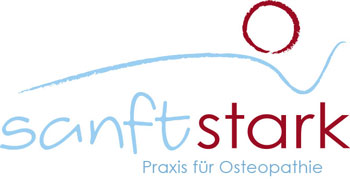Based on the philosophy that “To find health should be the object of the doctor. Anyone can find disease”, Andrew Taylor Still (1828-1917, an American doctor) went looking for a new understanding of what medicine should be. More than 130 years ago he announced his “new” approach to medicine. Because he began his studies of the skeleton in order to reduce the suffering of his patients, he called this new approach “osteopathy” (osteo = bones and pathy = suffering). His findings form the foundation of osteopathy to the present day. Based on its popularity, he established the American School of Osteopathy in Kirksville, Missouri in 1892. Today in the USA there are approximately 54.000 practicing osteopaths.
John Martin Littlejohn (1865-1947), one of his students, brought osteopathy to Europe. In London he founded the British School of Osteopathy which still exists today. Starting from Great Britain osteopathy spread to the European continent in the 1950s. In other European countries, such as France or Belgium, it has been established as a tradition. In Germany osteopathy is a relatively new development. Since the end of the 1980s it has been offered as an extra-occupational discipline for medical doctors, alternative health practitioners and physiotherapists.
William Garner Sutherland (1873-1954), another student of Dr. Still, presented the phenomenon of Craniosacral Rhythm in 1939. This phenomenon is caused by the inflation and deflation of the cerebrospinal fluid and can be sensed by the osteopath. Its name touches upon the fact that the cerebrospinal fluid moves between the cranium and the sacrum. Because the Craniosacral Rhythm was an important additional osteopathic tool for diagnosis and therapy, osteopathy has been supplemented by the so-called craniosacral area.
In the 1980s the French osteopaths Jean-Pierre Barral and Jacques Weischenck extensively studied osteopathic methods of examination and treatment of the internal organs and further extended osteopathy by the so-called visceral area.






